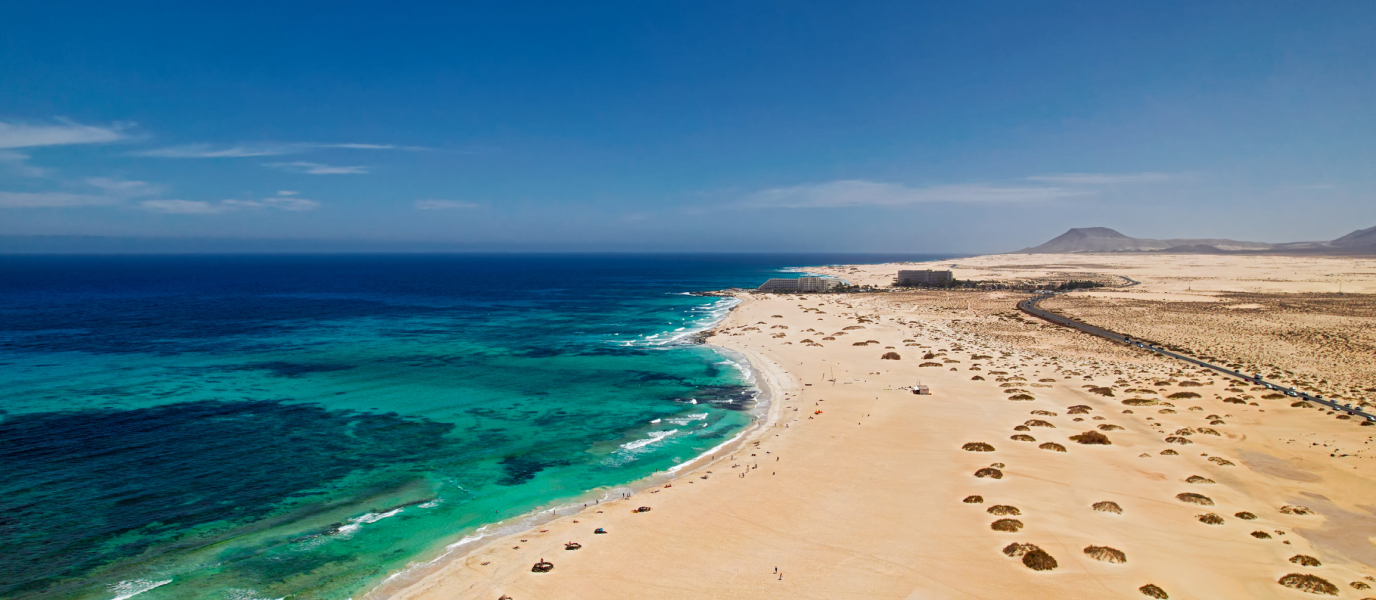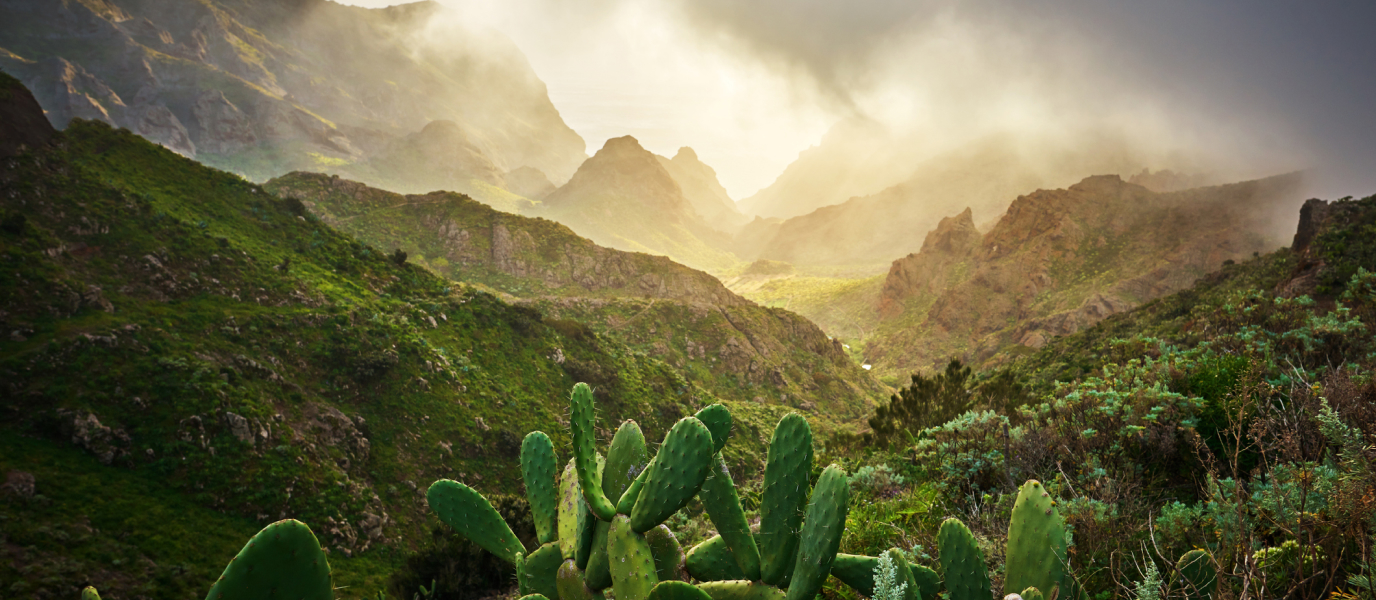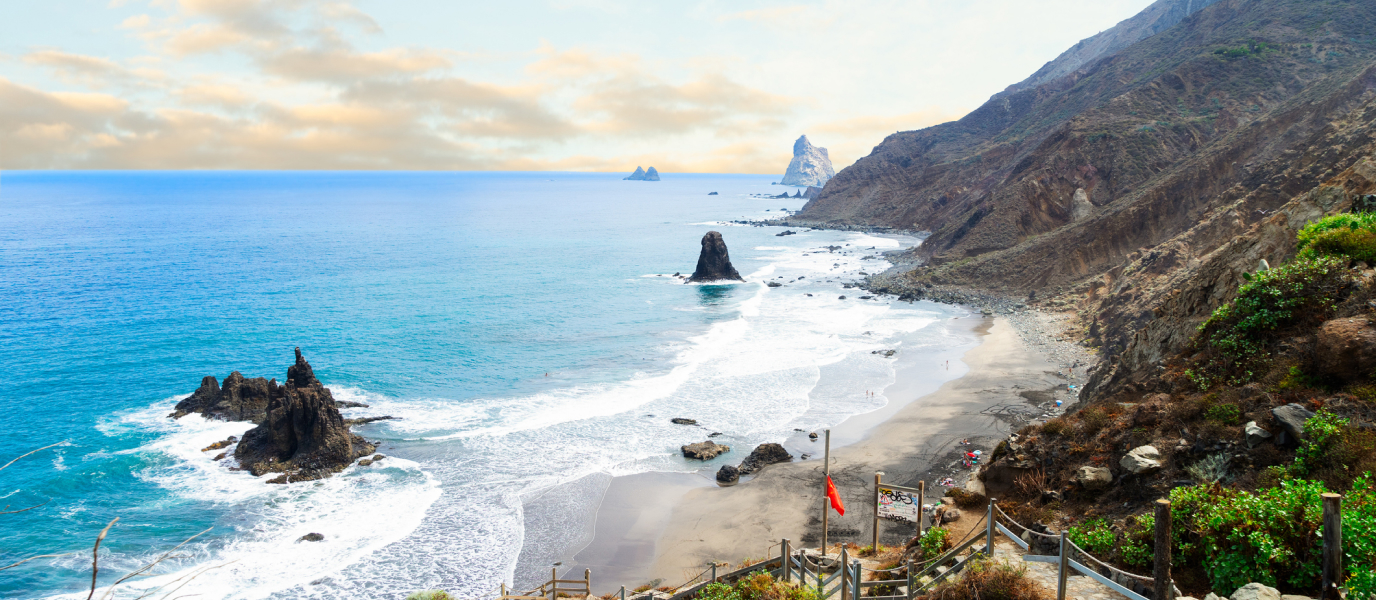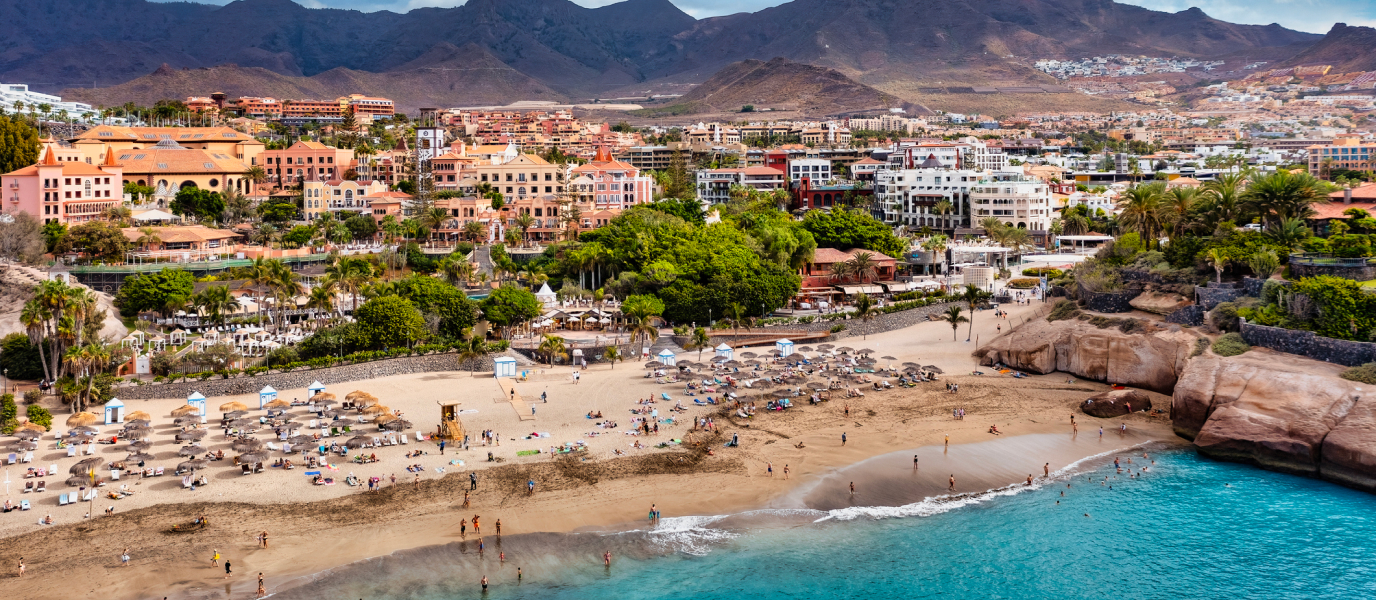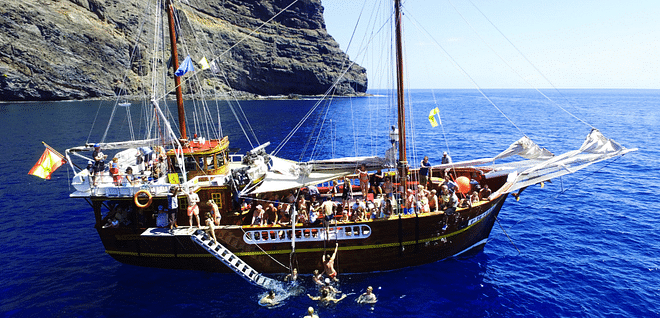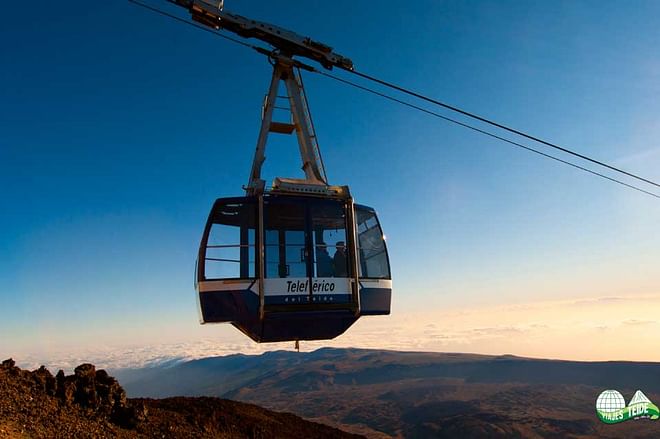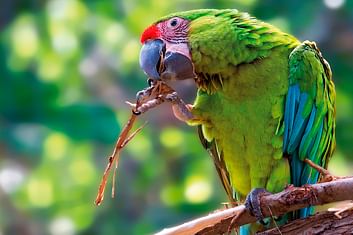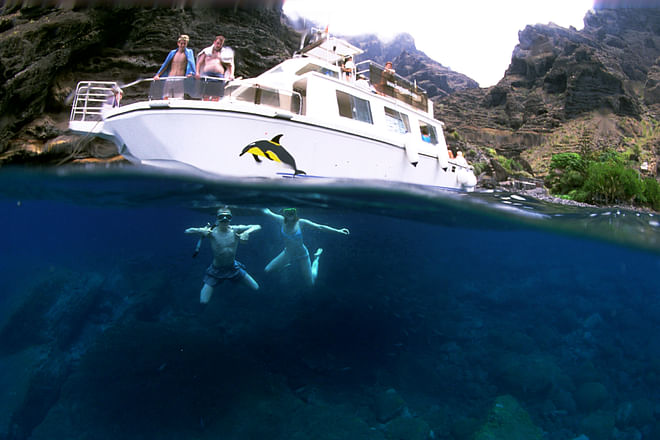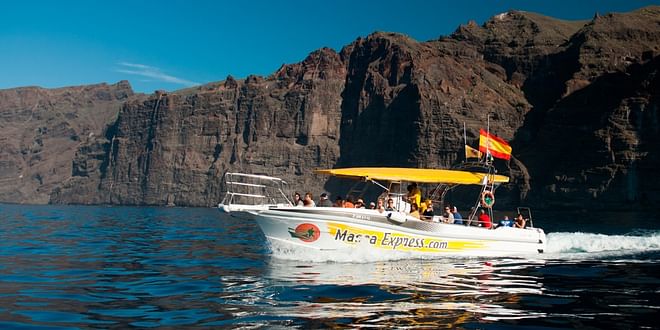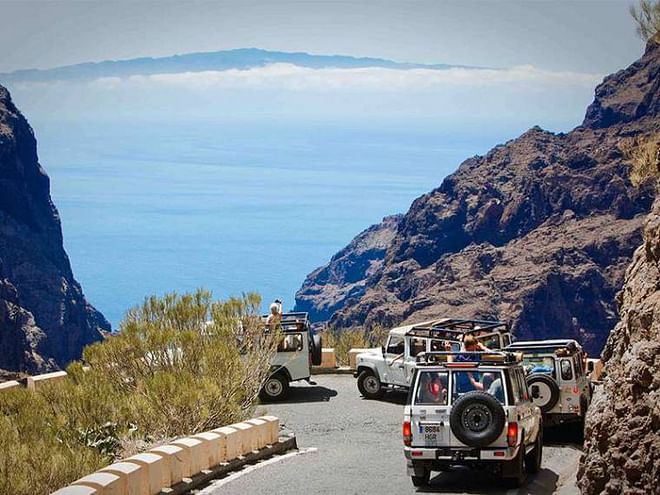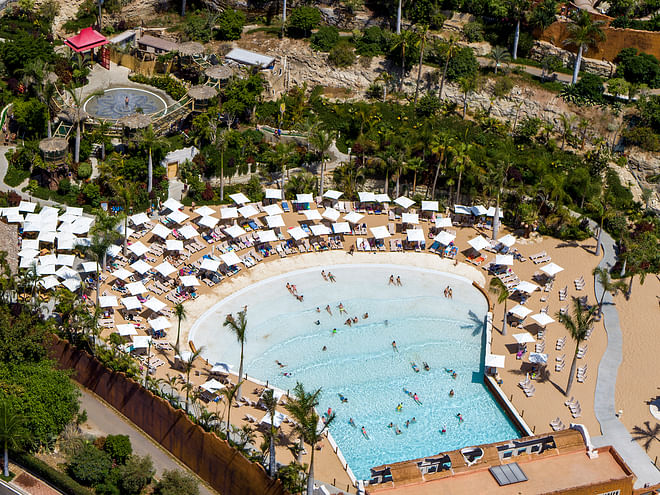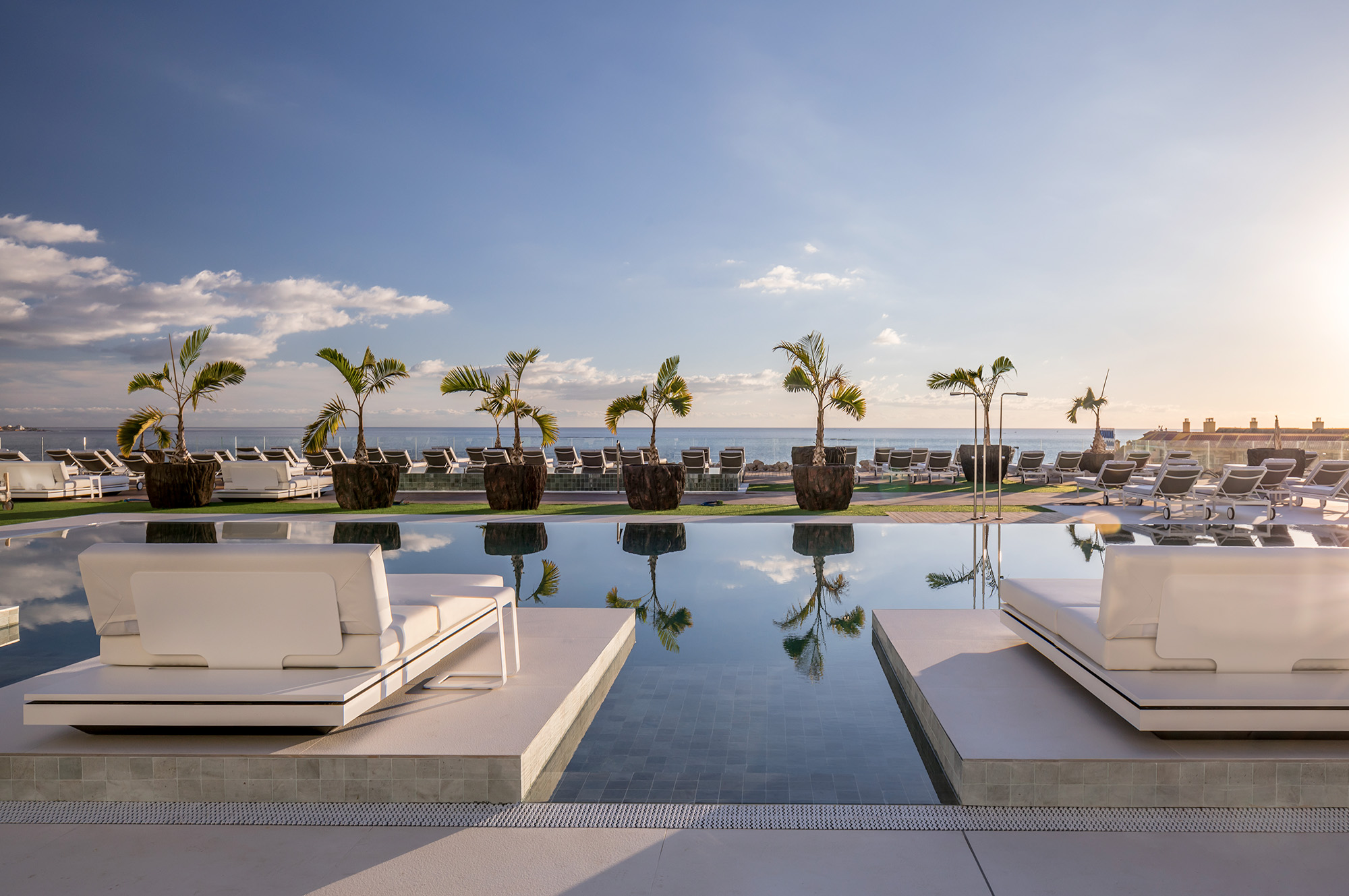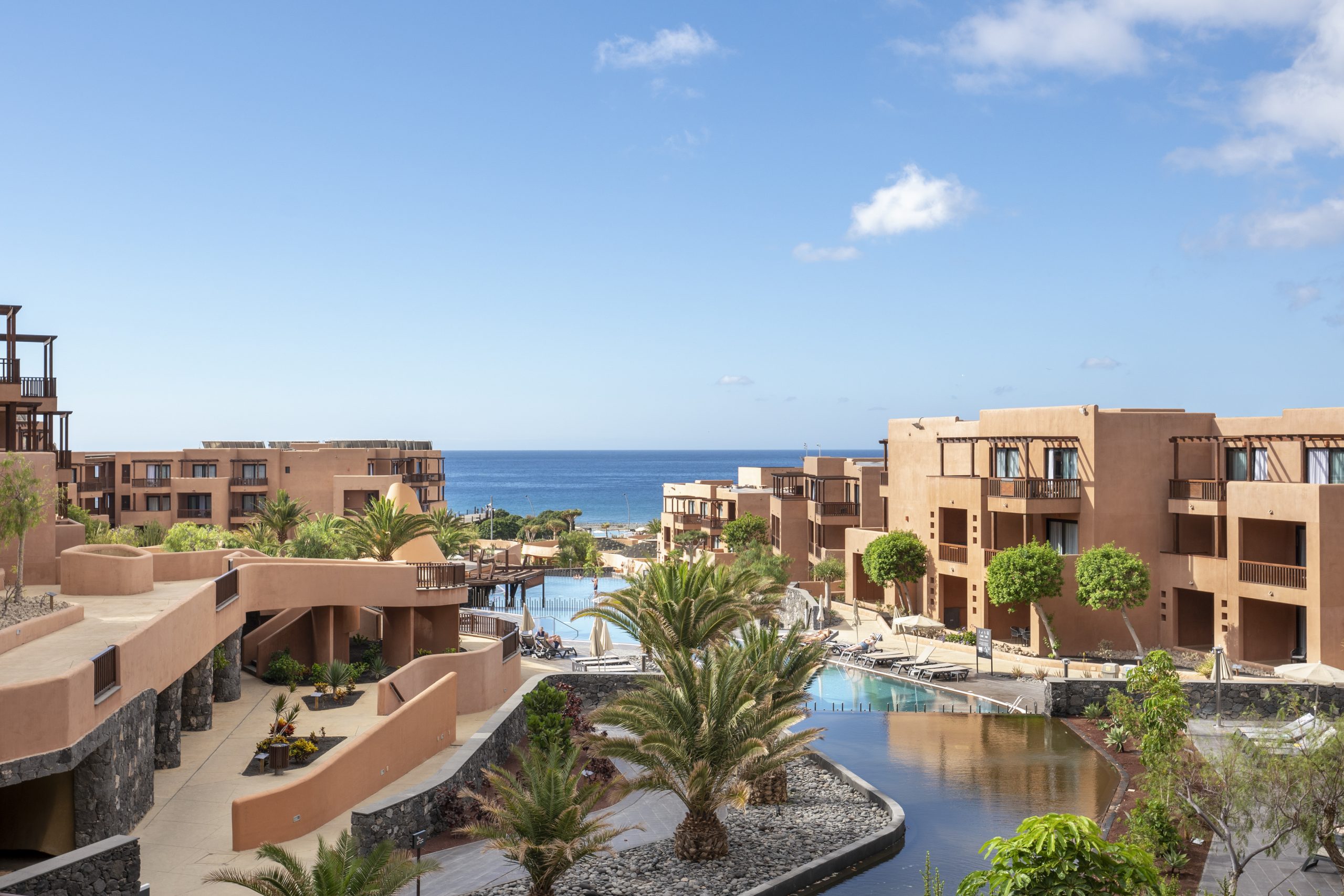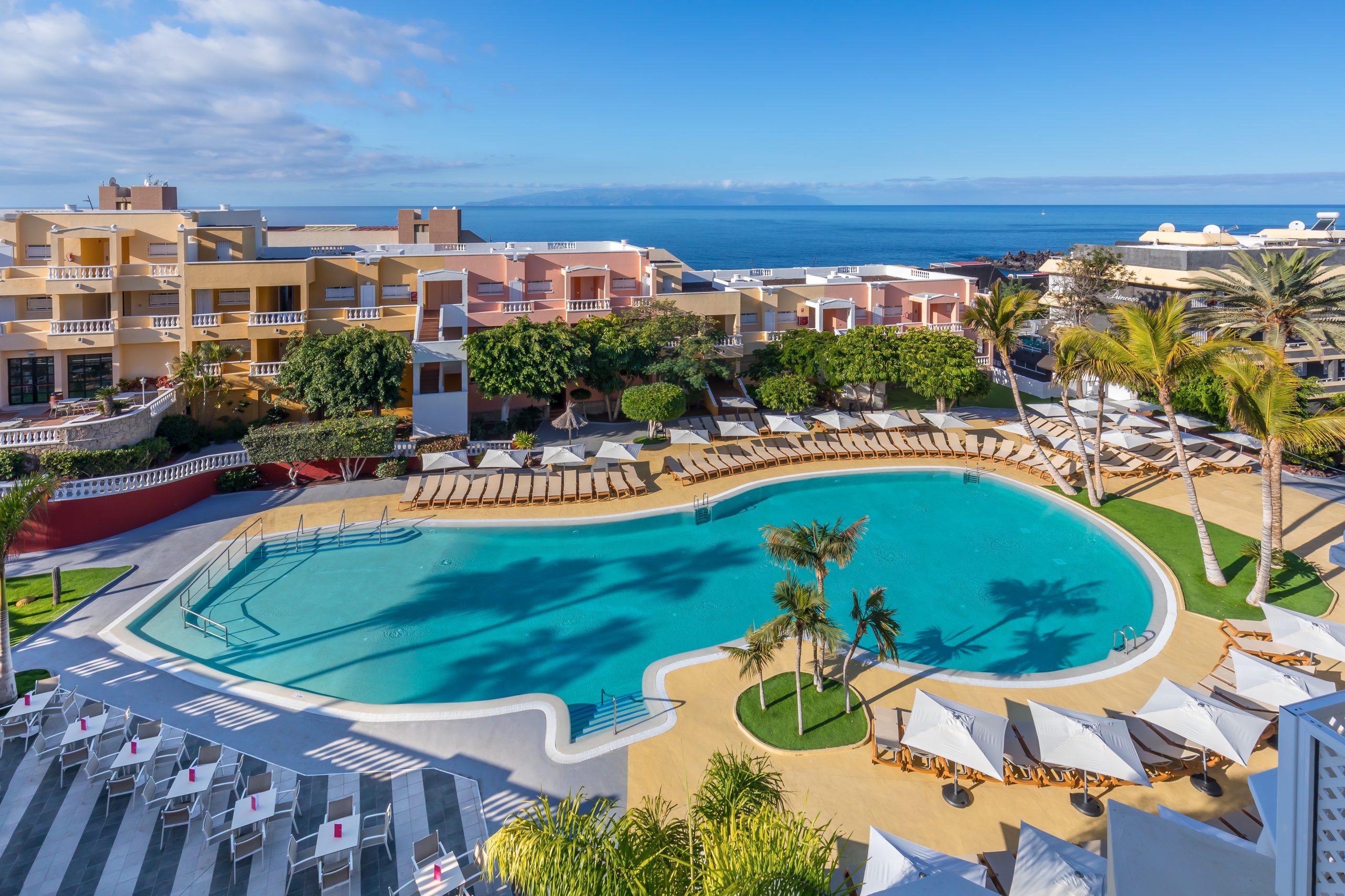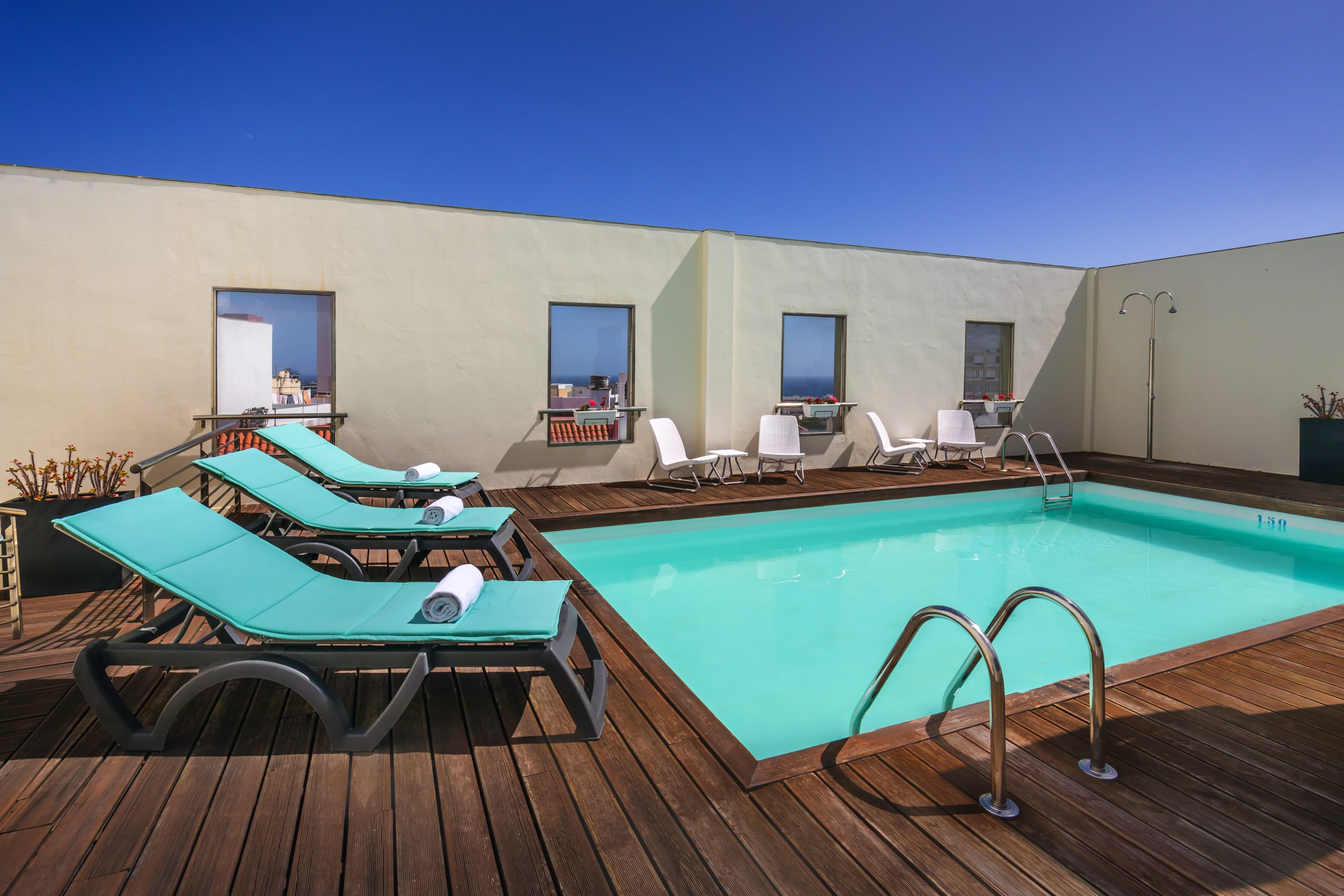At some point in the nineteenth century, a humble fishing village was established in the remotest part of southern Tenerife, on the stretch of coastline known as the Costa de Magallanes [Magellan coast]. The village was named El Médano after the surrounding dunes (médano means sand dune, in Spanish). Over time it increased in importance by operating as a port for coastal trade, particularly for the transport of goods and passengers between the capital, Santa Cruz de Tenerife, and south of the island. However, the village didn’t have a road connecting it to Granadilla de Abona, the municipality it belongs to, until 1907. Everything changed in the 1980s when, thanks to the construction of the nearby airport, El Médano became one of the pioneering villages in southern Tenerife’s tourism boom. However, the influx of tourists hasn’t spoilt El Médano’s wild, desert landscape with its long, fine sand beaches set against a backdrop of the solitary Montaña Roja volcano in the distance.
El Médano beach, a windsurfing and kitesurfing paradise in a Martian landscape
El Médano beach is the longest in Tenerife and one of the best. It has almost two kilometres of fine grey sand and shallow waters. The end closest to the village is more family-friendly and has lower swells; the beach becomes increasingly wild, windy and remote the further you travel towards the beautiful silhouette of Montaña Roja, whose reddish tones give the desert landscape a Martian feel. Along the oceanfront promenade, you’ll find restaurants and cafés, as well as plenty of surf shops and stores specialising in other wind watersports, especially in the area that is furthest away, known as Playa Leocadio Machado. Thanks to the strong winds that gust along the beach, El Médano is a windsurfing and kitesurfing paradise, and it has hosted several world championships of both these sports.
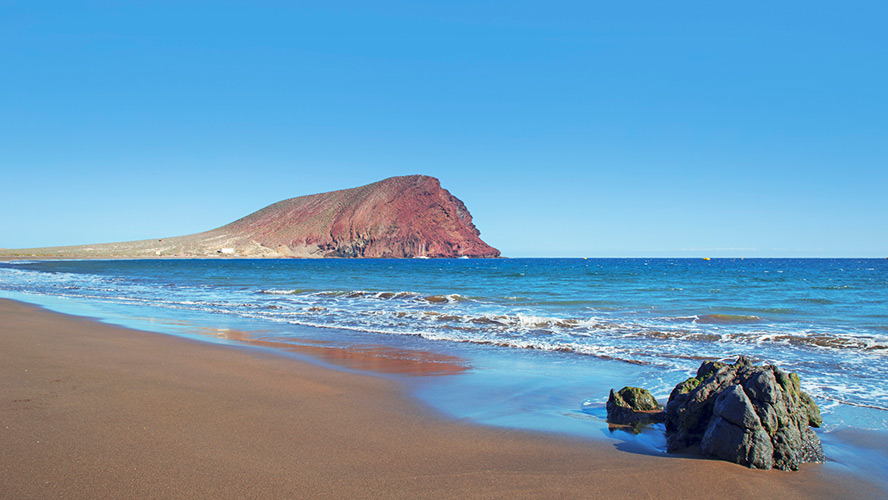
Although this beach is the largest, El Médano also has other, smaller beaches to explore. In the village, beyond the port, you’ll find the El Cabezo, El Salado and La Jaquita coves one after another; the first two have their own beach bars. Further from the village, and also wilder, you can visit the beautiful Playa de Montaña Roja, right at the foot of the volcanic cone, and Playa de la Tejita, the remotest beach that is separated from the rest by the impressive hulk of the mountain.
Discovering the Montaña Roja Special Nature Reserve
The 171-metre-high Montaña Roja volcano, created by a relatively recent—in geological terms—coastal eruption, is the most visible part of this nature reserve that covers 166 hectares and is filled with dunes, reddish sands and small saltwater ponds.
Its wetlands are home to protected bird species such as the Kentish plover, which has disappeared from other coastal areas of the island whose ecosystems have been affected by tourism. And although it may not seem like it at first glance, the reserve also boasts 136 plant species such as Traganum moquinii, typical to coastal dunes, and small shrubs such as Euphorbia balsamifera (balsam spurge).
The Montaña Roja Special Nature Reserve is the perfect place to follow easy hiking routes and swim in its wetlands while enjoying the silence of this otherworldly landscape.
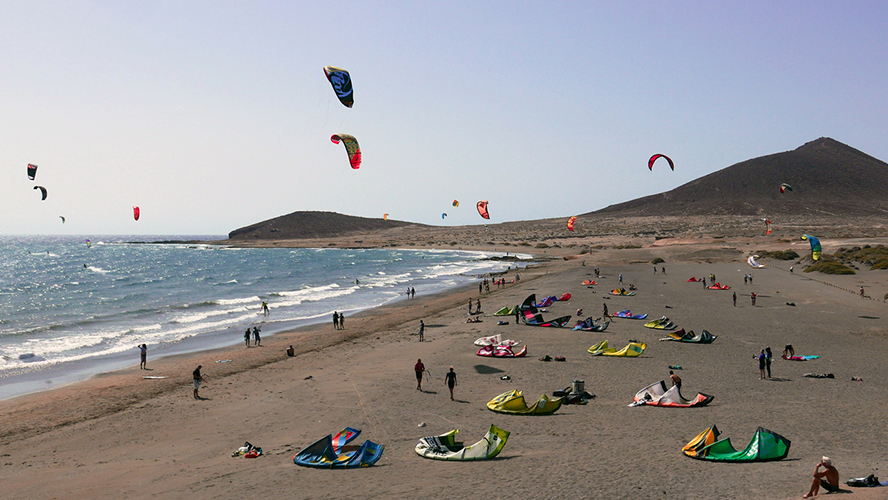
The Farmers’ Market
One of the most charming attractions of El Médano is its famous farmers’ market, held on Saturdays and Sundays in the village’s central square next to the seafront promenade. You’ll be astonished by the variety and quality of its fruit, vegetables and cheeses, brought and sold directly by farmers from the area with no middlemen involved. Make sure you try the tropical fruit and Canarian specialities such as almogrote—a sauce with a pâté texture made with hard cured cheese—and frangollo, a traditional dessert.
Romería Barquera and Cueva del Santo Hermano Pedro: charming religious festivals
If you visit El Médano at certain times of the year you’ll be lucky enough to see one of its original religious folk traditions. On the third weekend in September, during the festivities held in honour of the local patron saint, Nuestra Señora de las Mercedes de Roja, a boat procession takes place around the bay. You can also see the Romería Barquera, one of the most unusual festivities in the Canary Islands, when the Virgin is placed in a boat and joined by locals who set out to sea in boat/floats they have built themselves.
The second tradition takes place in the nearby Cueva del Santo Hermano Pedro [Saint Brother Peter Cave], which is next to the airport, and has been declared an Asset of Cultural Interest for being one of the most important pilgrimage destinations in the Canary Islands. Legend has it that the saint lived in this cave with his flock during the winter months before returning to his home village, Vilaflor. Each year, on the Saturday closest to 24 April, thousands of people make the pilgrimage to the cave from El Médano in southern Tenerife.





























































